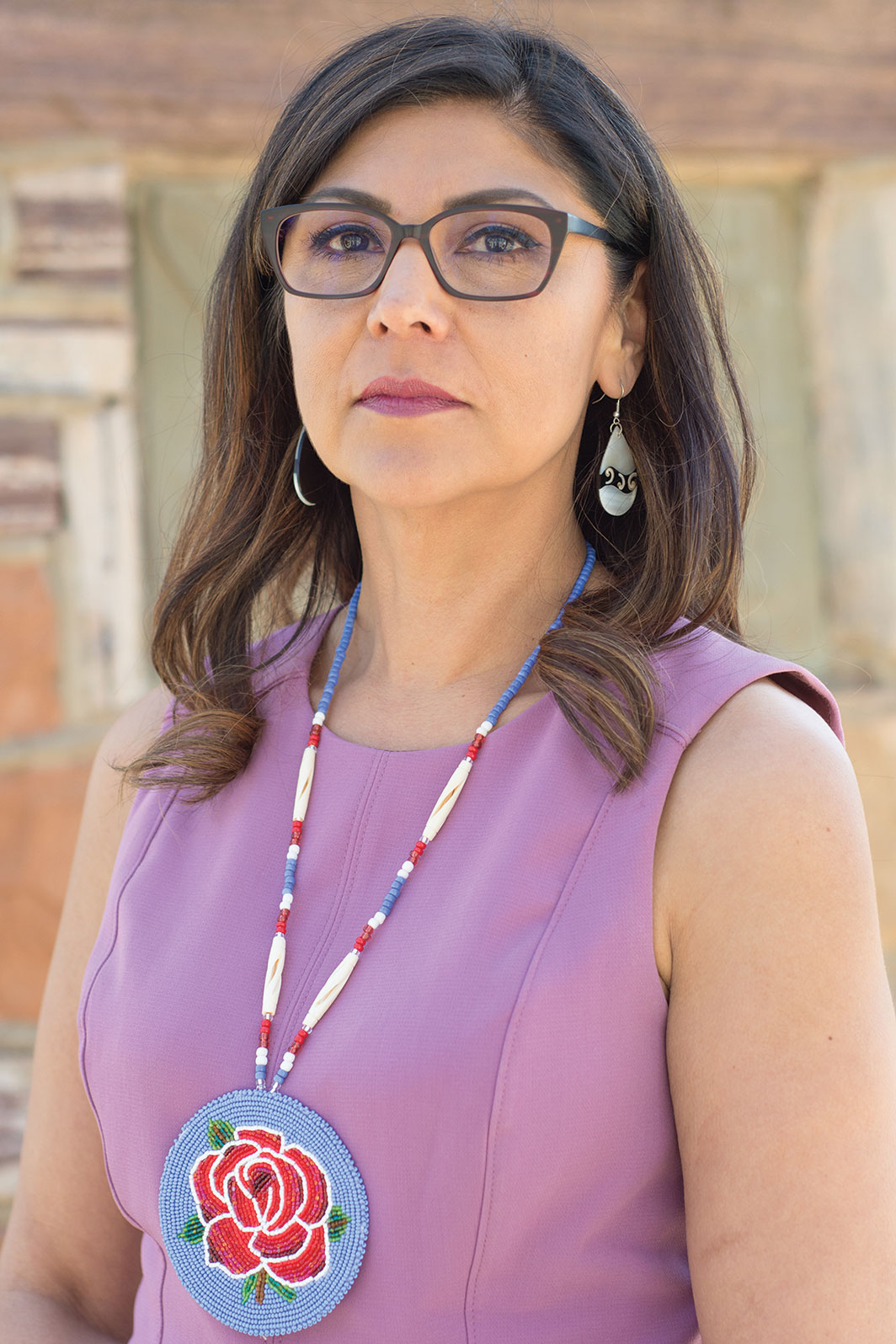Pana-qaru ‘uru ‘apagharu “Money Talks”
In my last column, we looked at creating Savings Goals. How can you best reach your savings goals? By using a Spending Plan. A spending plan is a strategy for savings and spending money. A spending plan tracks how much money comes into your household and shows how it needs to be used to meet your expenses and savings goals. A spending plan is similar to managing resources for the Tribe. Tribal Council has to actively balance budget levels and performance among: 1) the needs of the membership, 2) long term investing goals, and 3) cash earnings.
Developing a spending plan is a four-step process that may take time to create, so that it meets your specific needs (according to First Nations Development Institute). To develop a spending plan, I suggest take the following steps: 1) Track, 2) Assess, 3) Take Action, and 4) Save.
The first step is to TRACK your income and expenses. This includes looking at the money that comes into the household, and the money that goes out. Tracking makes you aware of the flow of money in and out of your family’s budget. It will help you answer the question: “Where does my money go?” I would suggest you do this for several months, or (if you have the data) for a full year, so you can account for unusual spending in certain months of the year. To understand your income, you should track how much money comes in. This could be payments from your job, dividends, investment income, or seasonal work. Once you know your monthly income, you need to understand what money goes out each month. This can be rent or mortgage payments, car payments, gas, insurance, food, credit card or loan payments, cell phone, utilities, entertainment, healthcare, gifts, charitable contributions, or any other expense you may have. This will vary family to family depending on what’s most important to you. What are your monthly expenses?
The second step is to ASSESS your cash flow. Once you know how much money is coming in (your income) and how much is going out (household expense), you can calculate your monthly cash flow. This is simply your income minus your expense. When you do this calculation, is there any money left over? That’s your cash flow. If it’s a positive number, you know you have money to save or invest. Keep in mind, even if this number is positive, you may still need to change your spending to ensure you have enough to meet your savings goals. If it’s negative, then you have some hard decisions to make. You will need to make some adjustments to your spending habits to ensure you aren’t living off debt or missing payments on essential items (like utilities or rent). Is your spending fixed or variable? Are you spending money on luxuries or necessities? What can you do to modify your spending behavior and ensure you are living within your means? These are very personal decisions you will need to make in order to get your spending under control and start building wealth.
Step three is TAKE ACTION. You have already identified some areas where you could reduce your spending. You could reduce your spending on luxury items and on some flexible expenses like high end groceries, entertainment, or going out to eat. You will need to start paying off your credit cards and short term debts as well. If you follow a new spending plan, or budget, you will be able to reduce how much you spend each month. This requires discipline and a willingness to forego “keeping up with the neighbors”. It’s all done with the best intentions – building a solid financial future for you and your family. So, where you won’t see much immediate gratification, you will see the benefit in the long run.
The fourth step is a SAVINGS PLAN. Now that you have figured out where you can reduce your expenses each month, let’s figure out how you can do a better job saving money. Money set aside as savings is a very important part of your spending plan. Money that is saved can be put towards your savings goals – things that will truly make a difference in your life (like a house, education, investments, and retirement). There are a number of different ways to save your money: open a savings account, have a direct deposit into an account from your paycheck, set up an investment account with automatic deductions or deposits, or establish a retirement account (like a 401k or IRA).
One key to a successful spending plan is to develop strong organization and record keeping habits. These are skills that many people who struggle with money unfortunately have not mastered. Maintaining a financial record keeping system is critical. For some people, an old school filing cabinet with folders for papers might work best. For others an electronic filing system with scanned images or pictures of document might work better. You might consider using budget software like Quicken to help you.
The keys to success are:
- Get organized and track your cash flow;
- Don’t pay so much for stuff (buying a used car instead of a new one is a good example);
- Control your spending (create shopping lists and stick to it, avoid frivolous items, etc.);
- Avoid payday loans, check-cashing stores, pawnshop loans, and rent-to-own stores. Also, try to avoid using your credit cards if possible. The interest you pay on these debts can eat away at your potential to save.
- Get help, if you need it. There are many free resources out there to help you organize your spending, reduce your debt, and increase your knowledge. Don’t be afraid to ask a question or to seek assistance.

